|
[1]
|
胡锦矗,邓其祥,余志伟,等.大熊猫金丝猴等珍稀动物生态生物学研究[J].南充师院学报:自然科学版,1980,(2):3~41+127
~134. |
|
[2]
|
Grinnell J.Field tests of theories concerning distributional control[J].American Naturalist,1917,(602):115~128. |
|
[3]
|
Sheldon W G.Notes on the giant panda[J].Journal of Mammalogy,1937,(1):13~19. |
|
[4]
|
Brooks R P.Improving habitat suitability index models[J].Wildlife Society Bulletin,1997,(1):163~167. |
|
[5]
|
欧阳志云,刘建国,肖寒,等.卧龙自然保护区大熊猫生境评价[J].生态学报,2001(11):1869~1874. |
|
[6]
|
周洁敏.大熊猫栖息地评价指标体系初探[J].中南林学院学报,2005(03):39~44. |
|
[7]
|
张巍巍.王朗自然保护区大熊猫生境质量评价[D].北京林业大学,2014. |
|
[8]
|
|
|
[9]
|
王芸,赵鹏祥.青木川自然保护区大熊猫生境评价[J].应用生态学报,2012,23(01):206~212. |
|
[10]
|
王学志,徐卫华,欧阳志云,等.生态位因子分析在大熊猫(Ailuropoda melanoleuca)生境评价中的应用[J].生态学报,2008,(2):821~828. |
|
[11]
|
廖颖,王心源,周俊明.基于地理探测器的大熊猫生境适宜度评价模型及验证[J].地球信息科学学报,2016,18(6):767~778. |
|
[12]
|
肖烨.大熊猫生境适宜性评价和景观格局分析[D].南京林业大学,2012. |
|
[13]
|
侯宁.近40年大相岭山系景观格局变化及与大熊猫活动的关系[A].四川省动物学会、四川省野生动植物保护协会.四川省动物学会第十届会员代表大会暨第十一次学术研讨会论文摘要集[C].四川省动物学会、四川省野生动植物保护协会:,2015:2. |
|
[14]
|
白文科,张晋东,董鑫,等.卧龙自然保护区大熊猫空间利用格局动态变化特征[J].兽类学报,2017,(4):327~335. |
|
[15]
|
|
|
[16]
|
青菁,胥池,杨彪,等.小相岭山系大熊猫廊道规划[J].生态学报,2016,(4):1125~1133. |
|
[17]
|
侯宁,戴强,冉江洪,等.大相岭山系泥巴山大熊猫生境廊道设计[J].应用与环境生物学报,2014,20(06):1039~1045. |
|
[18]
|
Wang F,Mcshea WJ,Wang D,et al.Evaluating landscape options for corridor restoration between giant panda reserves[J].Plos One,2014,(8):e105086. |
|
[19]
|
欧阳志云,徐卫华,王学志,等.汶川大地震对生态系统的影响[J].生态学报,2008,28(12):5801~5809. |
|
[20]
|
程颂,宋洪涛.汶川大地震对四川卧龙国家自然保护区大熊猫栖息地的影响[J].山地学报,2008,26(S1):65~69. |
|
[21]
|
韩文.震后卧龙自然保护区大熊猫生境评价和恢复研究[D].首都师范大学,2013. |
|
[22]
|
|
|
[23]
|
何敏.汶川地震对白水江自然保护区大熊猫生境选择的影响[D].甘肃农业大学,2018. |
|
[24]
|
王锐婷,范雄,刘庆,等.气候变化对四川大熊猫栖息地的影响[J].高原山地气象研究,2010,(4):57~60. |
|
[25]
|
晏婷婷,冉江洪,赵晨皓,等.气候变化对邛崃山系大熊猫主食竹和栖息地分布的影响[J].生态学报,2017,(7):2360~2367. |
|
[26]
|
Fei Y,Hou R,Spotila JR,et al.Corrigendum:Metabolic rates of giant pandas inform conservation strategies[J].Sci Rep,2016,(6):1~10. |
|
[27]
|
D Ralston.Environmental Stratification to Model the Potential Impacts of Climate Change on Giant Panda Habitat in South-Central China[D].Edinburgh University,2016. |
|
[28]
|
彭培好,陈文德,彭俊生.森林采伐对大熊猫栖息地环境的影响[J].安徽农业科学,2005(09):1685~1687. |
|
[29]
|
国家林业局.全国第三次大熊猫调查报告[M].北京:科学出版社,2006. |
|
[30]
|
张涛,邓东周,鄢武先.大熊猫生态旅游对大熊猫及其栖息地的影响及对策分析[J].四川林业科技,2011,32(06):102~105. |
|
[31]
|
刘刚,龚明昊,官天培,等.生态旅游对大熊猫影响评价方法研究——以四川唐家河国家级自然保护区为例[J].动物学杂志,2016,51(05):724~733. |
|
[32]
|
曾治高,李俊生,颜文博,等.兰渝高速公路和兰渝铁路对大熊猫活动及其栖息地保护的影响[J].四川动物,2009,28(05):641~646. |
|
[33]
|
马月伟,赵永涛,陈富斌,等.雅康高速公路对四川大熊猫栖息地世界自然遗产的影响[J].长江流域资源与环境,2011,20(08):1017~1023. |
|
[34]
|
张洪峰,封托,孔飞,等.108国道秦岭生物走廊带大熊猫主要伴生动物调查[J].生物学通报,2011,(7):1~3. |
|
[35]
|
Kang D,Yang H,Li J,et al.Can conservation of single surrogate species protect co-occurring species?[J].Environ Sci Pollut Res Int,2013,(9):6290~6296. |
|
[36]
|
臧振华.大熊猫分布区珍稀濒危物种丰富度格局与热点区研究[D].北京林业大学,2015. |
|
[37]
|
黄金燕,周世强,谭迎春,等.卧龙自然保护区大熊猫栖息地植物群落多样性研究:丰富度、物种多样性指数和均匀度[J].林业科学,2007(03):73~78. |
|
[38]
|
杨爱军,樊金拴,王玉珏,等.秦岭观音山自然保护区大熊猫栖息地植物群落多样性研究[J].西北林学院学报,2011,26(01):47~51. |
|
[39]
|
Myers N,Schaller G B,Hu J,et al.The Giant Pandas of Wolong[J].Bioscience,1985,36(36). |
|
[40]
|
杨栓.秦岭大熊猫喜居森林群落结构特征研究[D].西北农林科技大学,2012. |
|
[41]
|
李国春.太白山大熊猫栖息地植物群落特征及秦岭箭竹开花对大熊猫的影响[D].西北农林科技大学,2017. |
|
[42]
|
赵永涛,于慧,罗勇,等.大熊猫栖息地自然遗产保护理论探讨[J].山地学报,2014,(3):357~364. |
|
[43]
|
Kong L,Xu W,Zhang L,et al.Habitat conservation redlines for the giant pandas in China[J].Biological Conservation,2017,(210):83~88. |
|
[44]
|
|
|
[45]
|
周婷,马月伟,吴梦,等.世界自然遗产边缘带居民生活满意度——以四川夹金山脉大熊猫栖息地为例[J].地域研究与开发,2016,35(03):152~157. |
|
[46]
|
四川省林业厅.四川的大熊猫:四川省第四次大熊猫调查报告[M].四川,2015. |
|
[47]
|
Vina A,Tuanmu M,Yang W,et al.Effects of Human-Nature Interactions on Wildlife Habitat Dynamics:The Case of Wolong Nature Reserve for Giant Pandas[C]//AGU Fall Meeting.AGU Fall Meeting Abstracts,2012. |
|
[48]
|
秦青,赵正,刘梦婕,等.栖息地周边社区自然资源依赖度及影响因素分析——以四川省大熊猫栖息地为例[J].资源开发与市场,2017(3):301~306. |






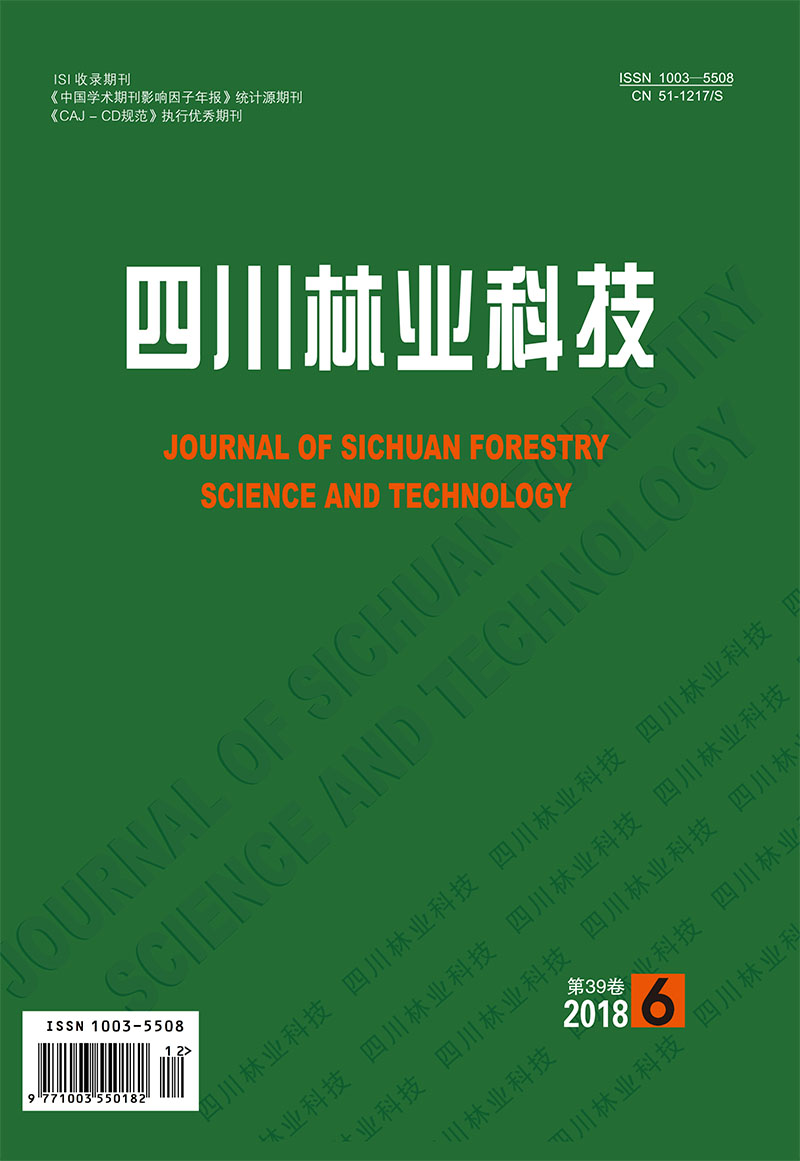




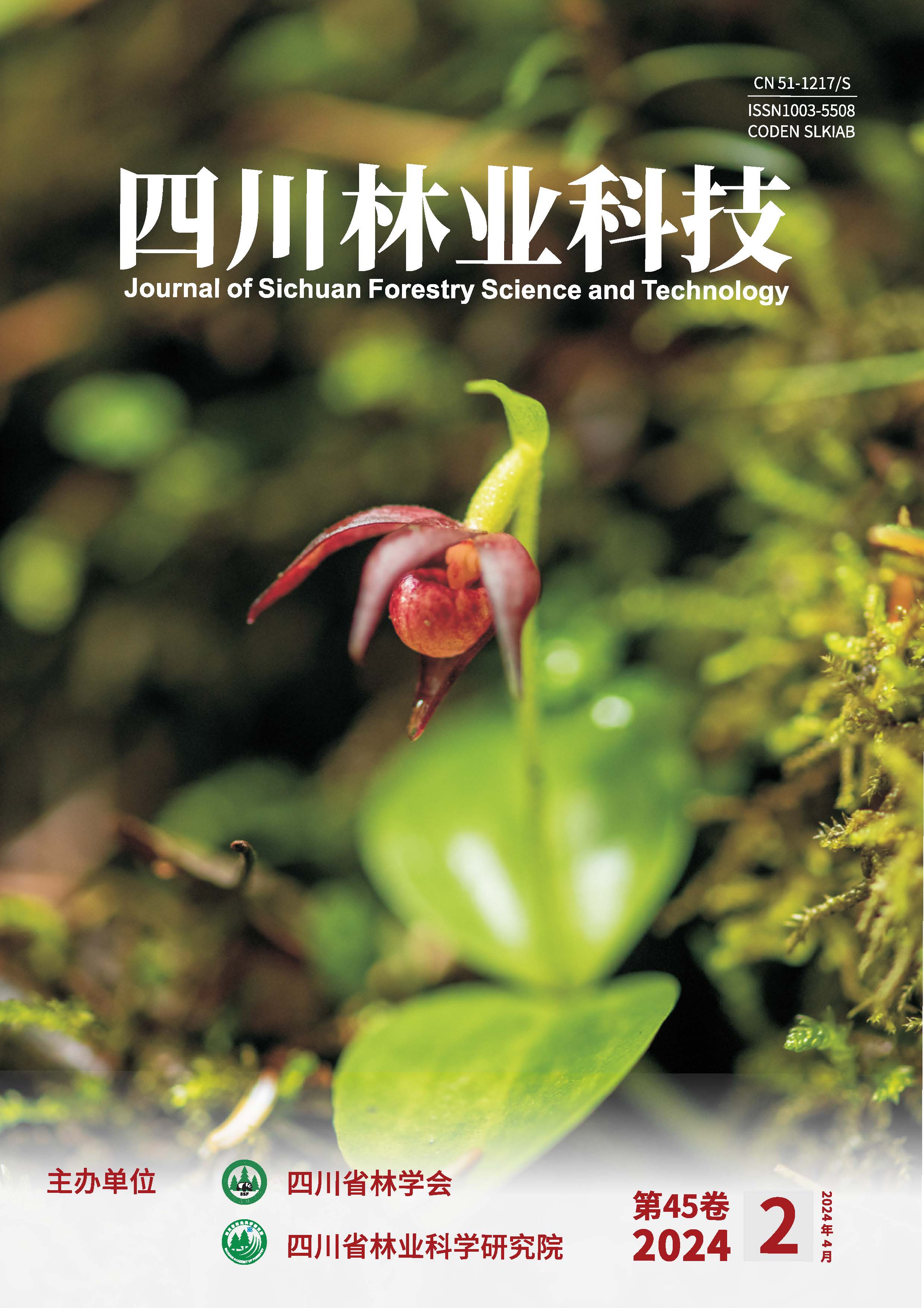

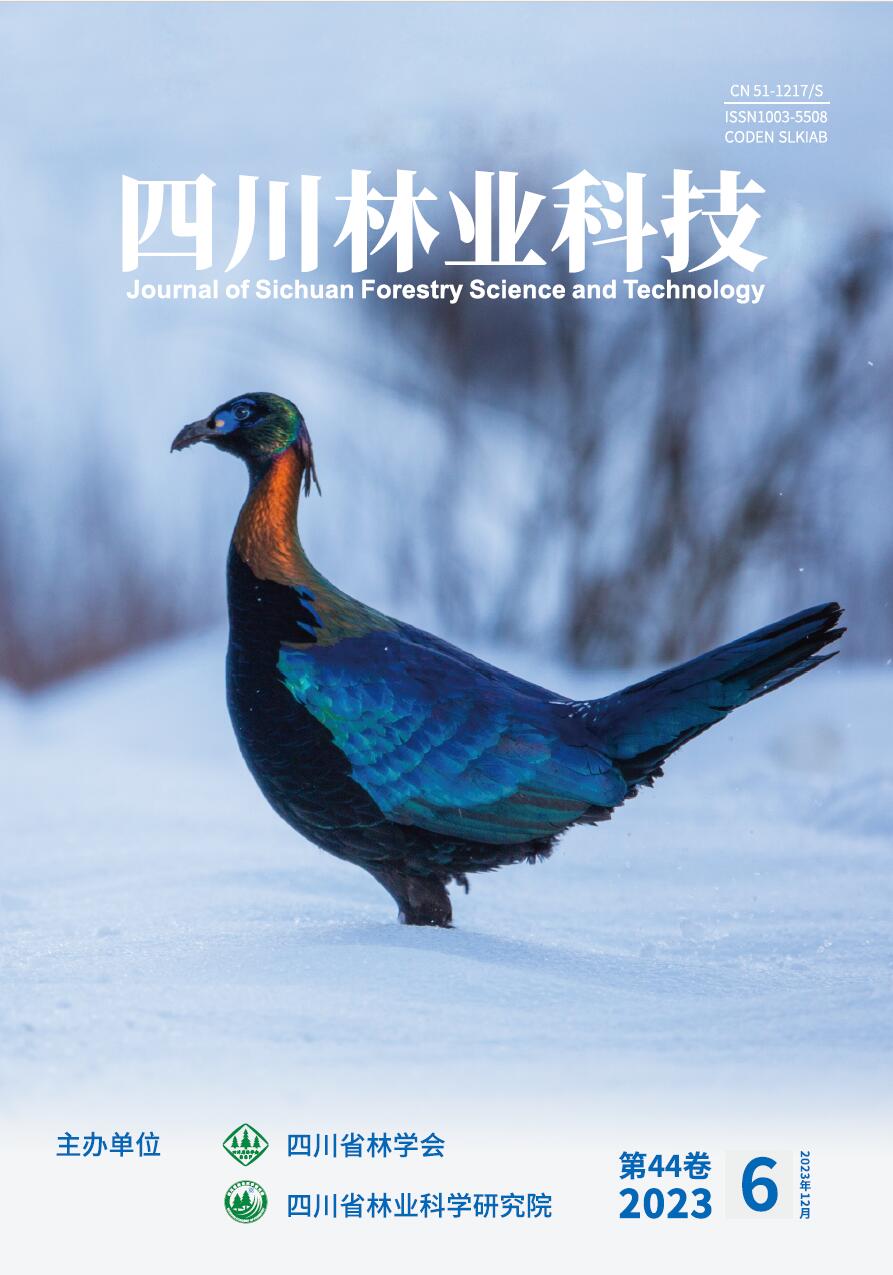
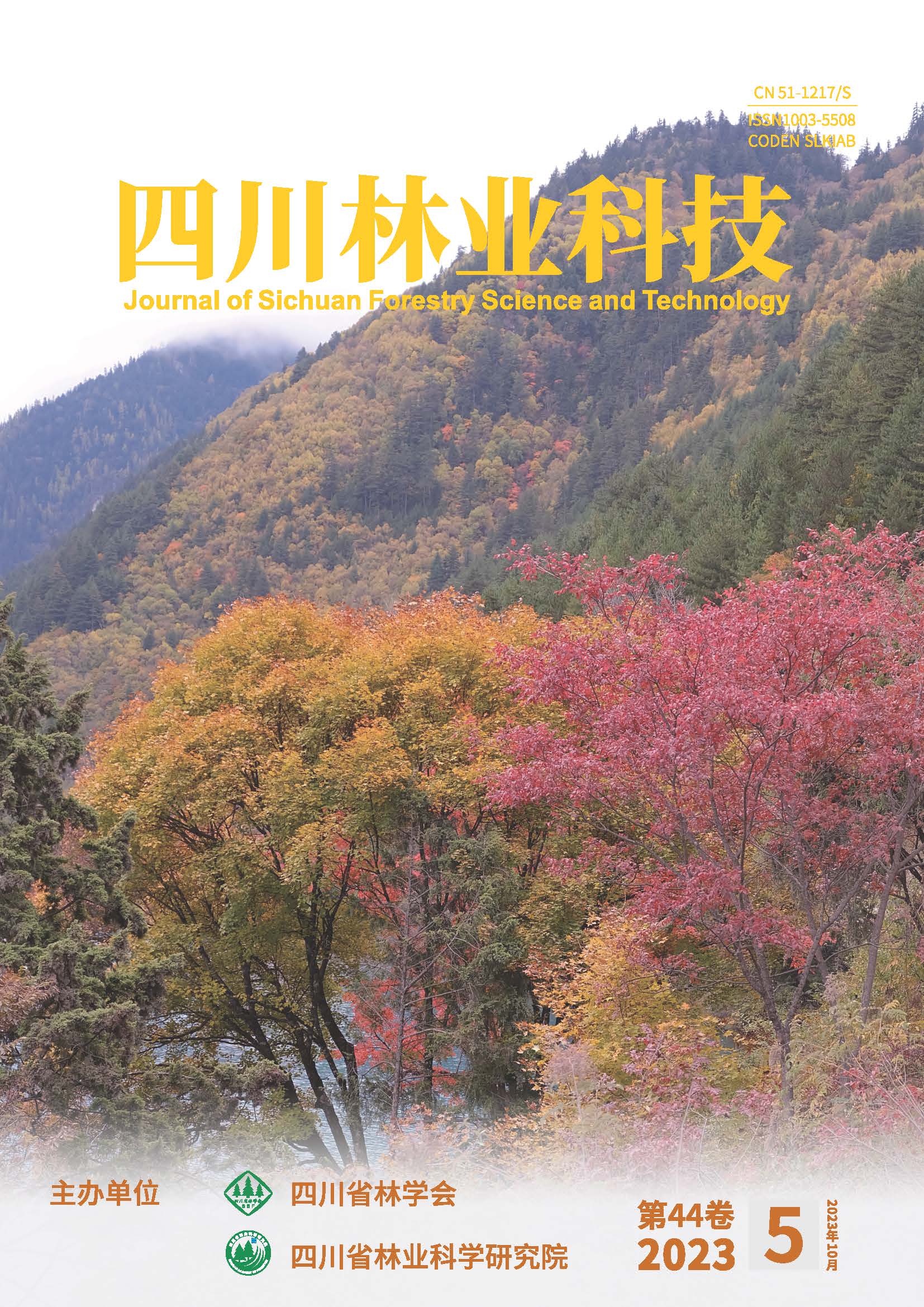
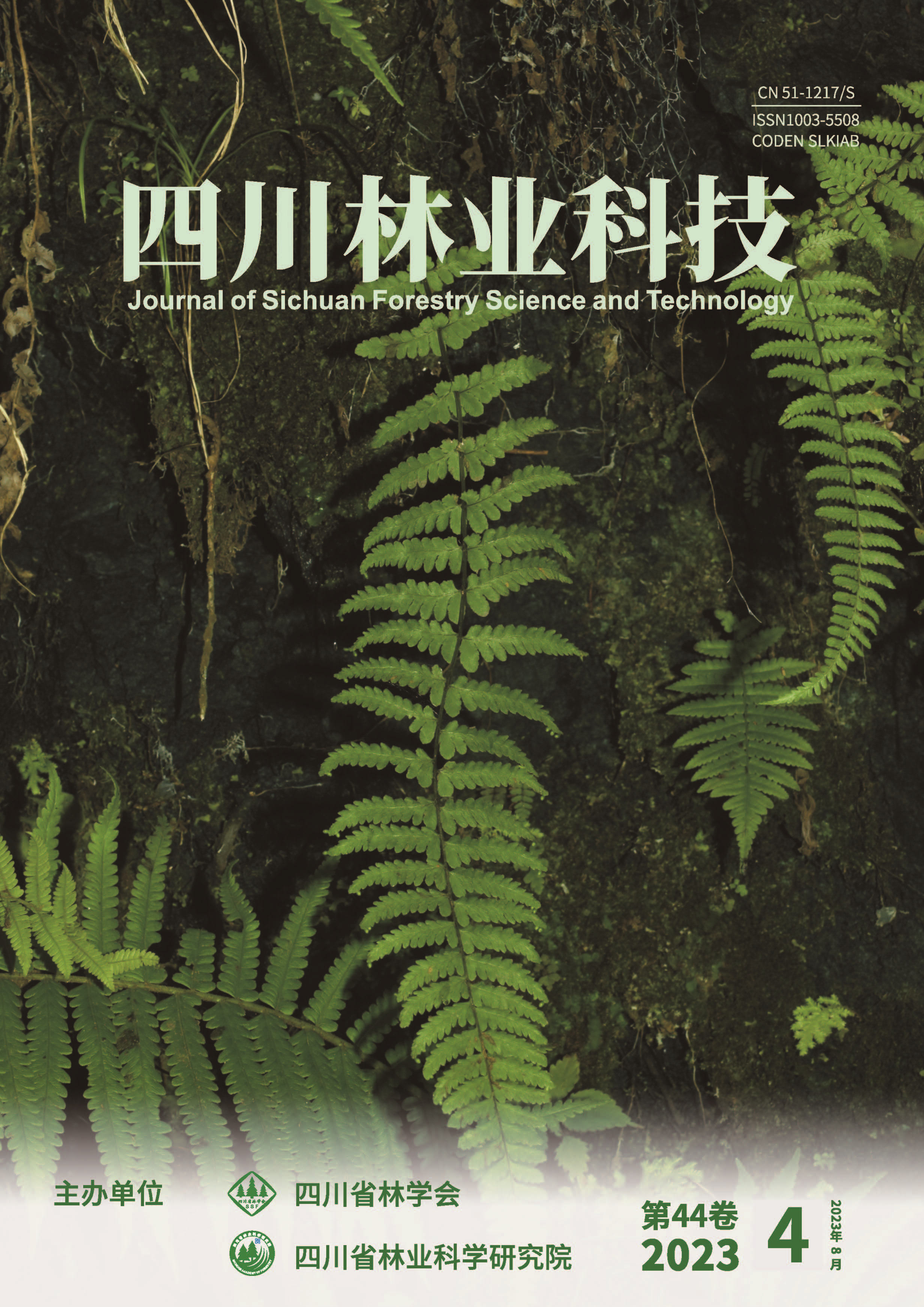
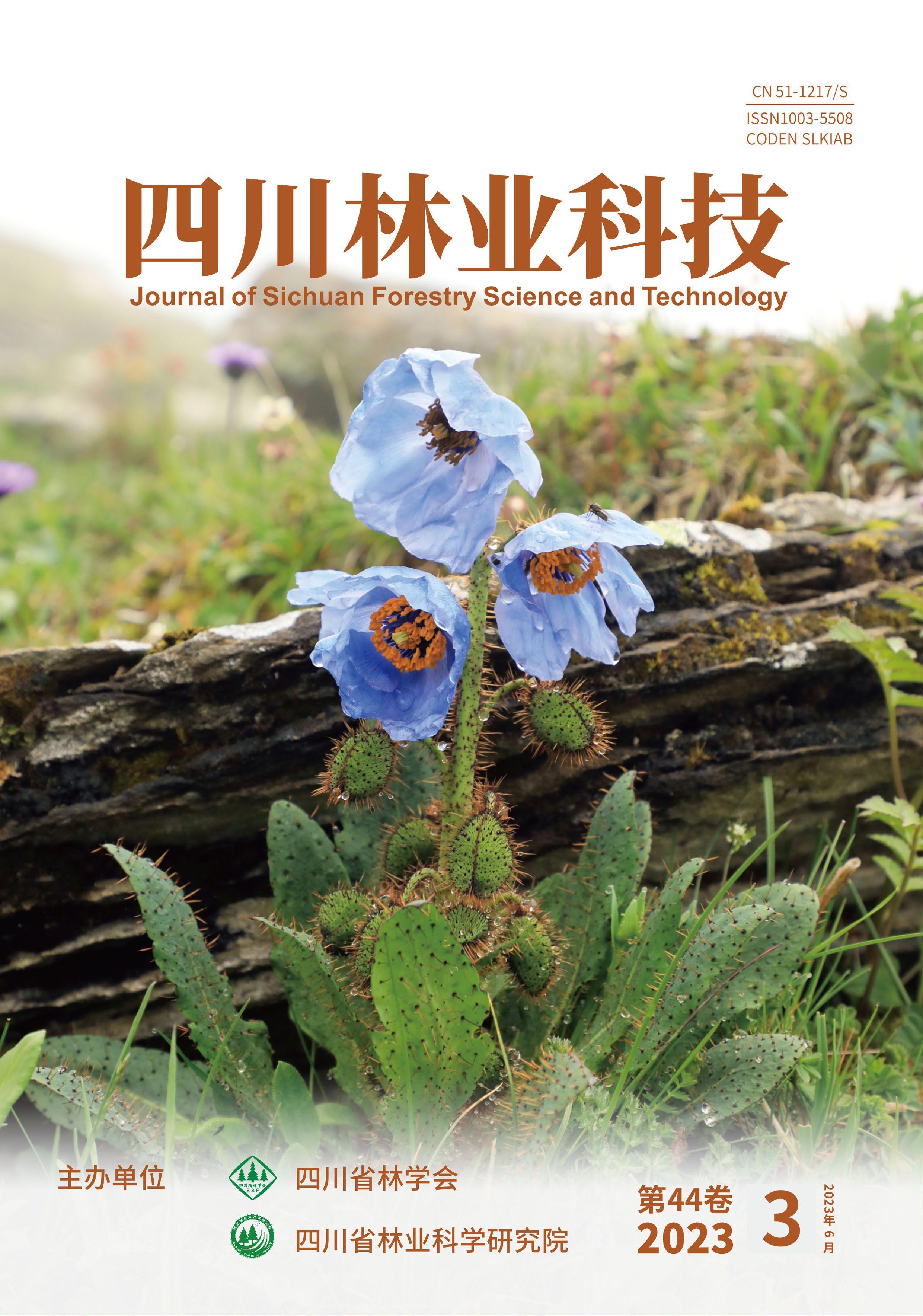
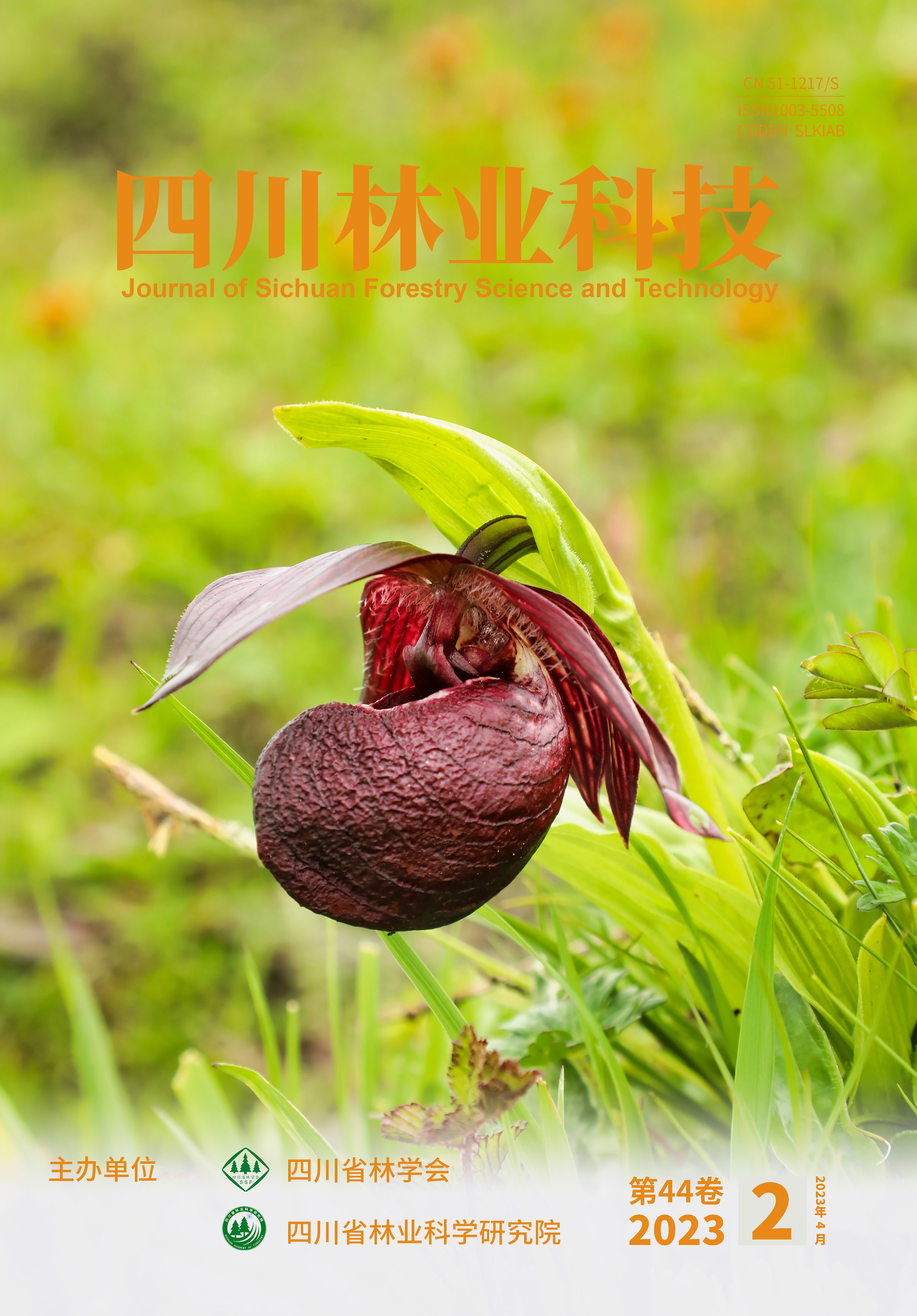
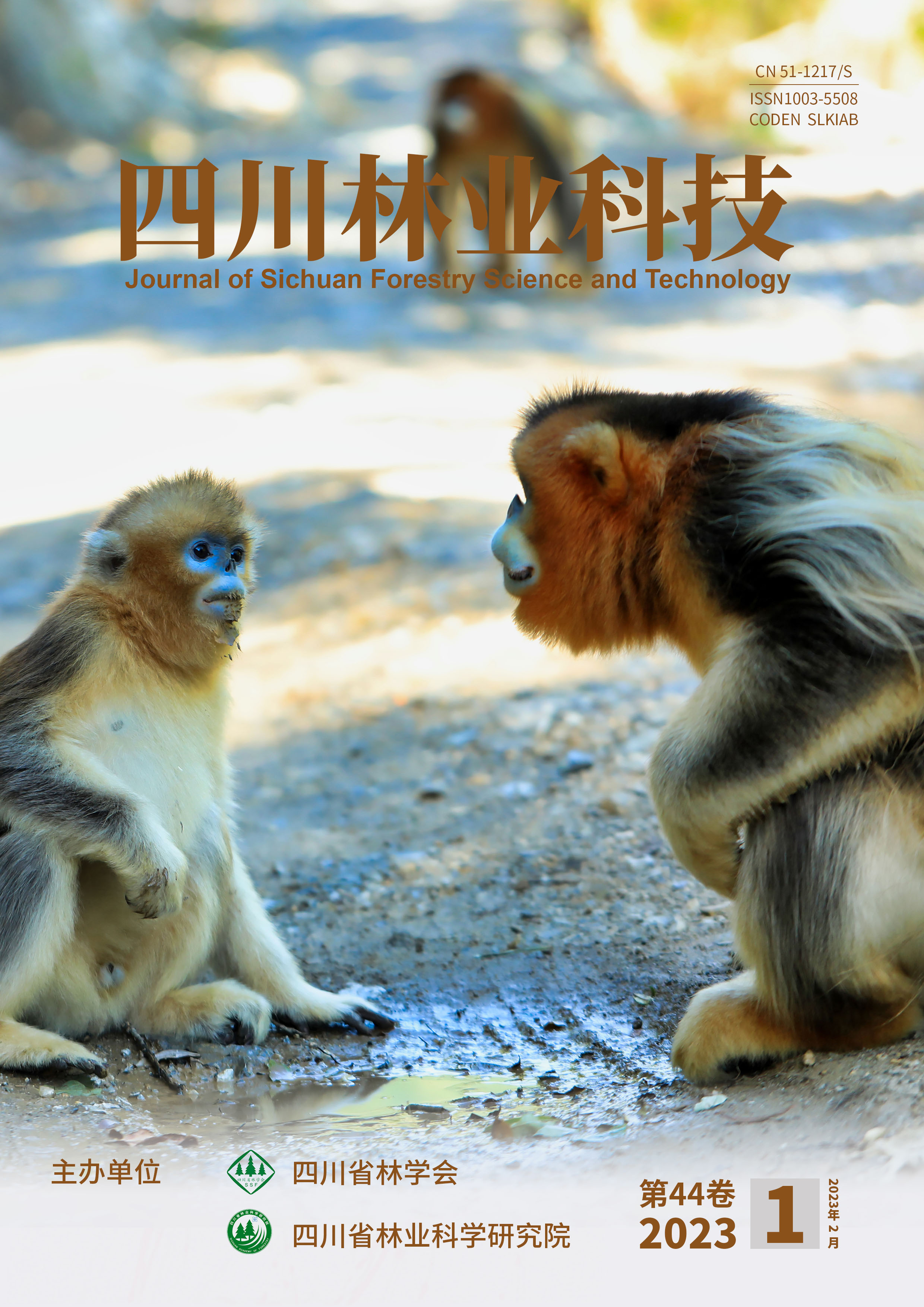


 DownLoad:
DownLoad: